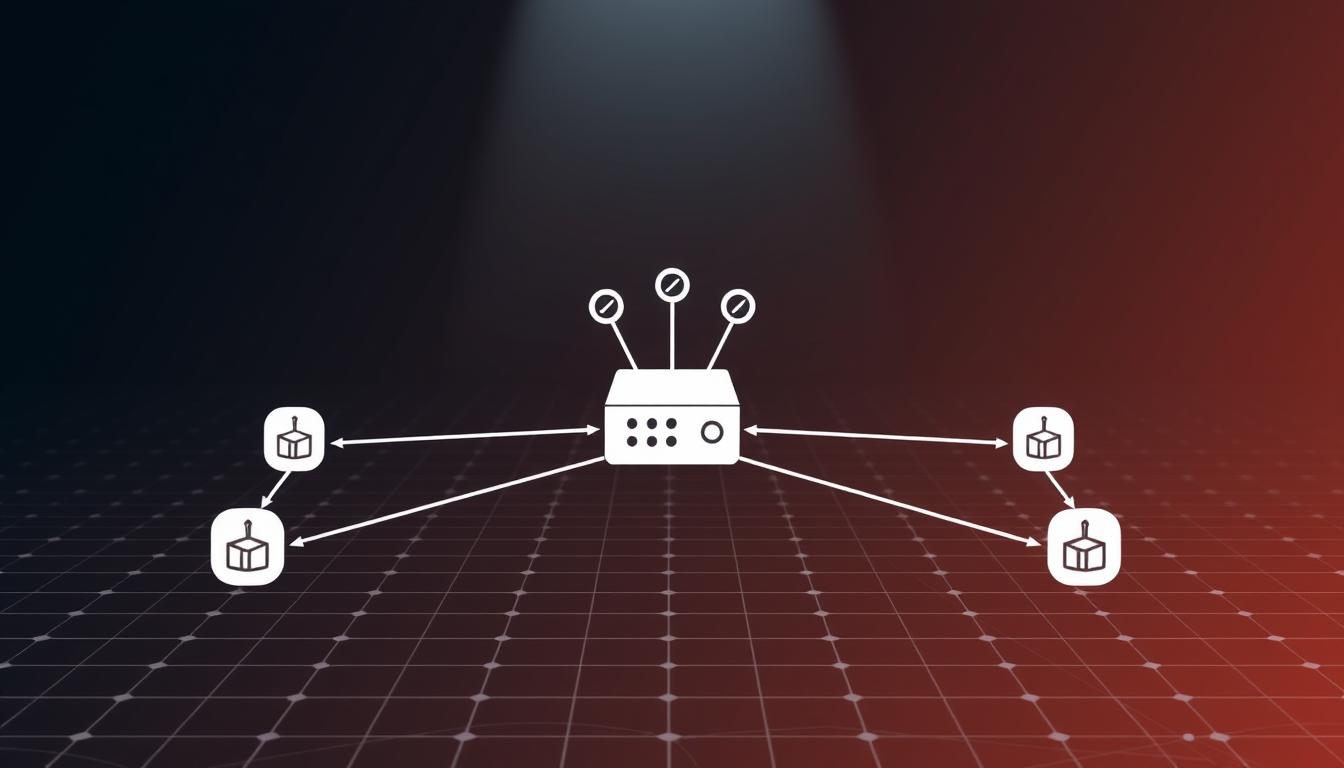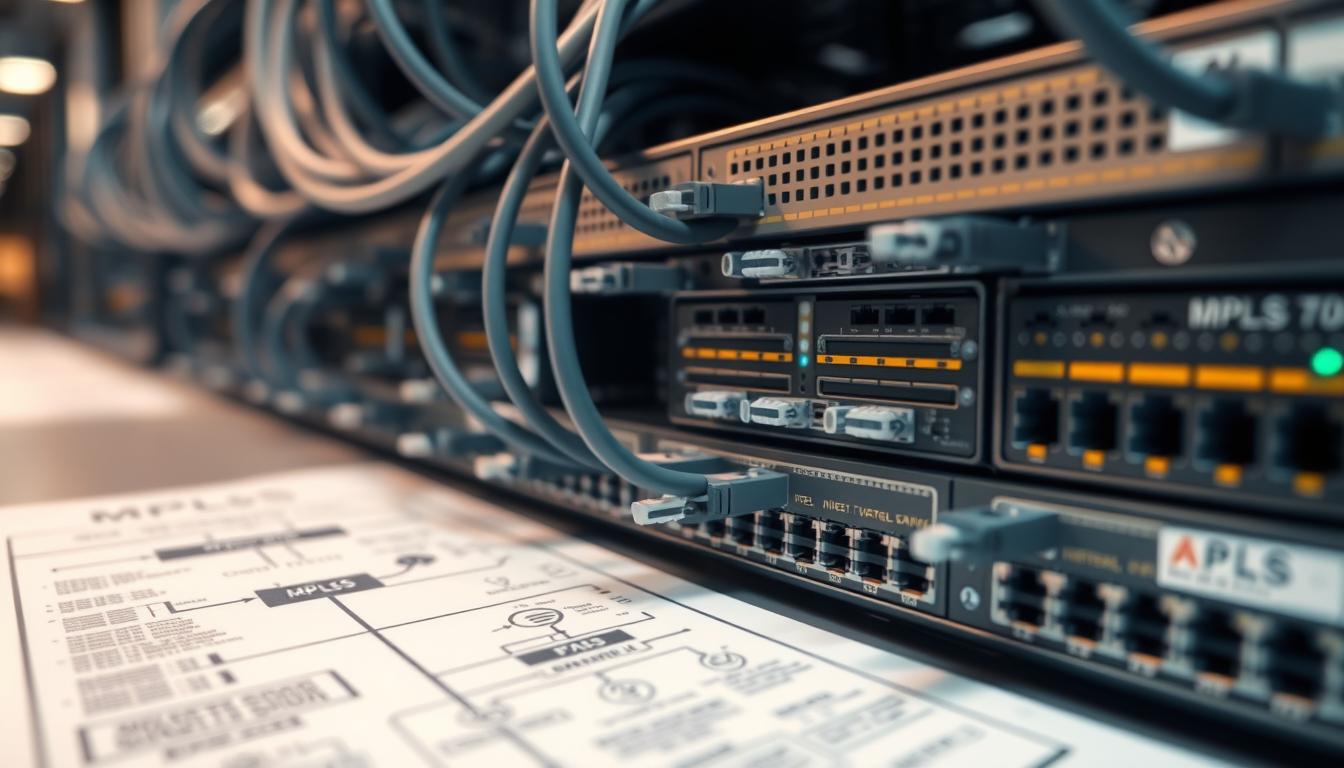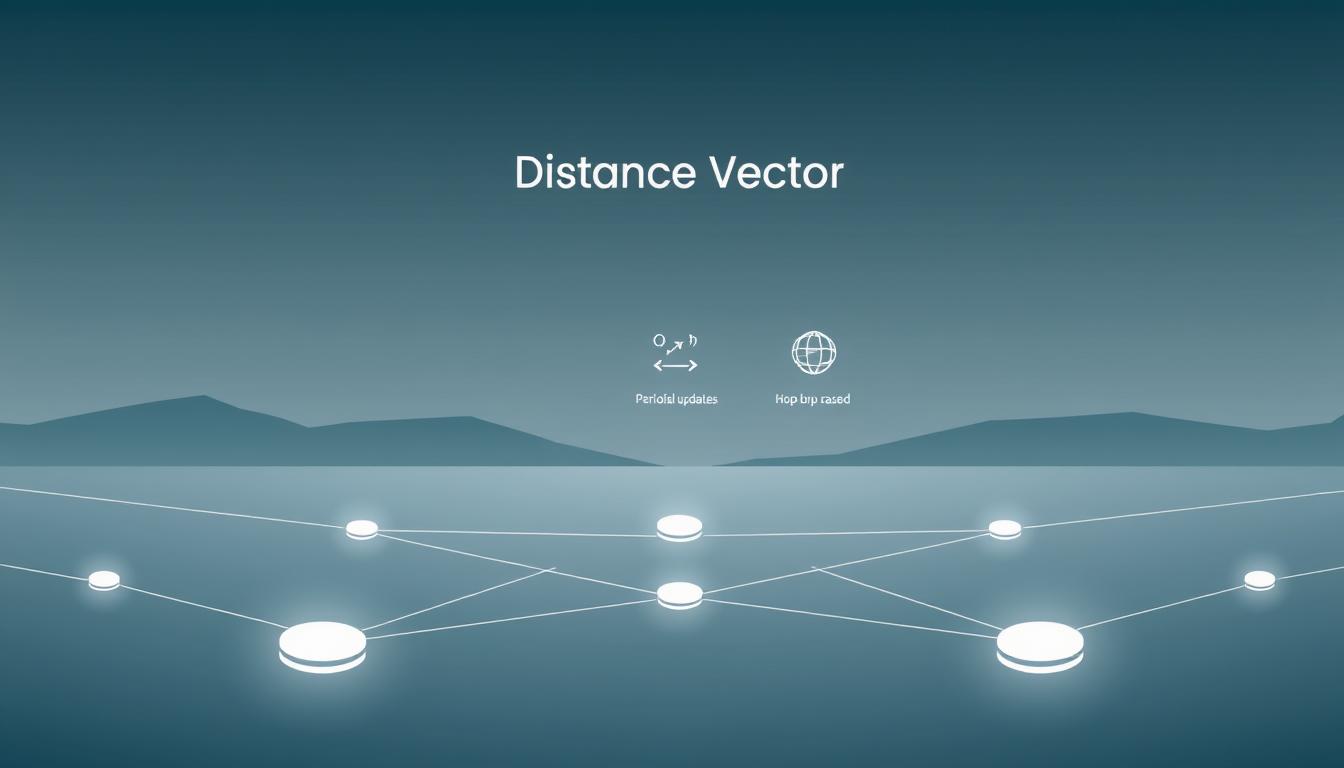Networking
What Is Provisioning? Understand the Basics.
Did you know over half of all organizations face downtime due to poor provisioning? This shows how vital it is to plan out resources and access before starting work. Provisioning steps help keep work flowing smoothly and teams productive right away. Exploring what provisioning is, many think it’s just turning on a server. But provisioning’s…
Read MoreUnderstanding Distance Vector Routing Protocol
Did you know nearly half of small business networks use distance vector routing? It’s key for keeping data flowing smoothly. These protocols rely on hop counts and sharing paths. Routers share updates with neighbors, finding the best routes. This method adapts to network changes, ensuring data reaches its destination quickly. Get ready to learn how…
Read MoreSolving BGP Flapping Issues: Quick Guide
Did you know that almost half of all global routing problems come from unstable route ads? This issue, known as bgp flapping, can cause big problems for networks. It makes online services slow down because routes keep changing. BGP, or Border Gateway Protocol, is key to how the internet routes data. When BGP sessions flap,…
Read MoreUnderstanding What Is MPLS: A Quick Guide
Did you know over half of large enterprises in the United States use MPLS? It keeps data moving fast. Yet, many new users don’t know about it. Multiprotocol Label Switching (MPLS) is between Layer 2 and Layer 3. It combines their benefits, earning it the nickname Layer 2.5. MPLS uses labels to quickly route data…
Read MoreSD-Access vs SD-WAN: Key Differences Explained
More than 70% of big companies in the U.S. use software-defined architecture for their networks. This trend makes people curious about the differences between sd access and sd wan. SD-Access makes campus networks simpler with a central control plane. It uses LISP for control and VXLAN for secure data. This setup helps keep networks organized.…
Read MoreUnderstanding TCP Keep Alive
Studies show that nearly 30% of network failures go unnoticed when no data flows. This unseen gap can cause lost connections in important systems. Networks need steady sessions to keep data flowing. tcp keep alive and tcp keepalive send small probes to check if a path is open. They prevent confusion and alert the system…
Read MoreUnderstanding Floating Static Routes Features: A Closer Look at the Floating Static Route
Almost 70% of network problems can be prevented with a backup plan. That’s where a floating static route comes in. It keeps a secondary route ready to go if the main one fails. This way, operations can keep running even when the primary connection is down. This backup method stays hidden unless the main link…
Read MoreUnlocking MPLS: What Does It Stand For?
Major American companies rely on MPLS for fast data travel. This shows how important traffic management is in big networks. When people ask, “What does MPLS stand for?”, the answer is Multi-Protocol Label Switching. This system labels each data packet, helping it find the best route. It’s a key part of how data moves quickly…
Read MoreUnderstanding PE Routers in Modern Networks: A Close Look at the pe router
More than half of large-scale networks use a pe router for MPLS frameworks. This shows how pe routers protect traffic and boost performance. Industry leaders see pe routers as essential for connecting service provider systems with external networks. A solution from experts enhances data flow control, QoS, and security. Many businesses rely on pe routers…
Read MoreLink State vs Distance Vector: Routing Explained
Did you know that nearly half of network downtime in big companies is due to bad routing setups? It’s really important to get how link state and distance vector work. They both affect how fast the network gets back to normal and how much resources it uses. Distance vector uses info shared between nearby routers.…
Read More









